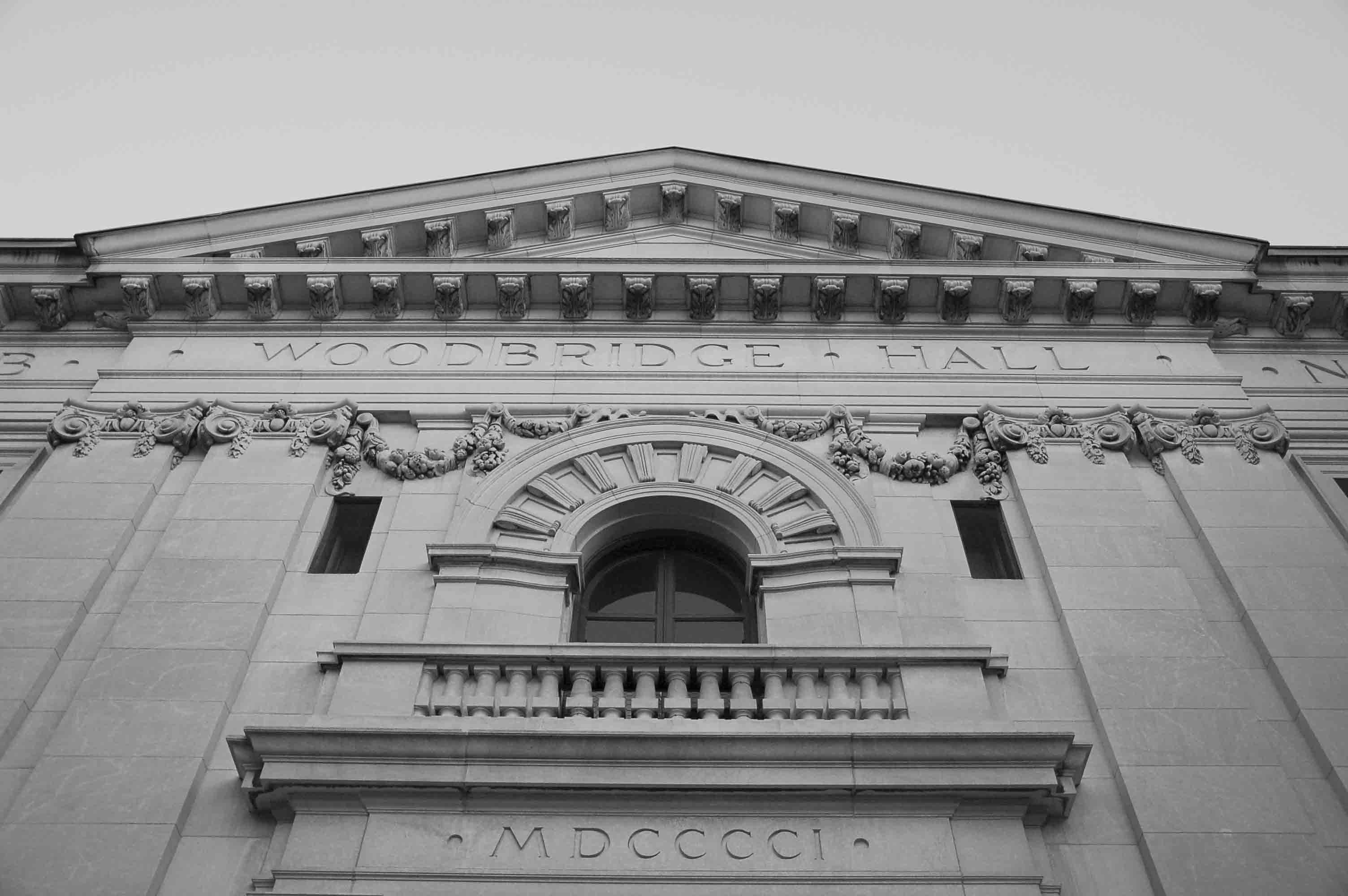
Yale Daily News
Despite the University’s efforts to ramp up donations as it begins the silent phase of the new capital campaign, Yale received a smaller amount of gifts and new pledges in the first quarter of this fiscal year compared to each of the past four fiscal years, according to two sources with knowledge of the situation.
Since the University entered the silent phase this July, Yale administrators have been building relationships with potential major donors and raising a “nucleus fund” — which traditionally accounts for about 40 percent of the multibillion overall fundraising goal, according to Vice President for Alumni Affairs and Development Joan O’Neill. The campaign’s public launch will likely occur in 2021, O’Neill told the News in September. Campaign Director for Development Eugenie Gentry added that every philanthropic gift made to the University since this July will count toward establishing the “nucleus fund.”
The University tracks the amount of donations in two different ways: by tallying gifts and new pledges and by counting cash receipts. While gifts and pledges only track donations solicited during the quarter, cash receipts also include donation commitments made by donors before July but received in the quarter. According to documents obtained by the News, Yale raised a total of $49.6 million in gifts and new pledges in the first quarter of the silent phase from July 1 to Sept. 30. The University received $54.8 million in gifts and new pledges during the same months last year and $59.2 million in 2016. In 2015, Yale raised $71.9 million from July to September.
“The quiet phase is another term for ‘campaign planning,’” Salovey said in a statement to the News.
“It just started on July 1 and is the preparation for the campaign launch — consisting of nucleus fund development and planning for the campaign. Although it is very early in the process, we are very much on track,” Salovey said.
Per the documents obtained by the News, when former University President Richard Levin embarked on the silent phase of his capital campaign in July 2004, the University raised $121.6 million in gifts and new pledges during its first quarter.
According to sources close to the situation, while the amount of gifts and new pledges raised between July and September of this year is smaller than that of the past four years, the amount of cash receipts Yale received has increased. Yale earned $123.2 million in cash receipts between July and September, a significant rise from just $76.4 million last year.
But endowment expert Charles Skorina said tallying gifts and new pledges is a better metric of assessing the success of the development office during each quarter, since cash receipts include donations from prior commitments. Still, Skorina noted that it is too early to predict the outcome of the next quarter of the silent phase.
O’Neill said that July and August are typically “the quietest months of the year,” when universities receive the least amount of donations. She explained that many donors tend to make gifts in November or December, right before they have to file taxes at the end of the year. In the 2017-18 fiscal year, the University raised only 10 percent of the year’s total gifts and new pledges — which totaled $529.6 million — from July to September, per documents obtained by the News.
“The campaign is going well,” Gentry said. “We are having good conversations with potential donors about the vision for the University. But money comes in in peaks and valleys and it sometimes takes long to secure big gifts.”
Skorina said that the amount raised in the first quarter is not reflective of how successful the silent phase could be. Still, he said given that the amount of gifts and new pledges made during the first quarter of the fiscal year decreased since 2015, the University’s development office “needs to pressure themselves a little more.”
Yale’s last capital campaign closed in 2011 after raising $3.88 billion under Levin. The effort financed the elimination of tuition for students at the School of Music, the founding of the Jackson Institute for Global Affairs and the construction of the Smilow Cancer Hospital, among other development projects. Under Levin, the University raised $1.3 billion during the 27-month quiet phase of the campaign prior to its public launch in September 2006. In an interview with the News last year, O’Neill said the upcoming campaign would not go public until it had raised at least 40 percent of its overall funding goal.
Yale is currently working toward implementing initiatives outlined in the University Science Strategy Committee’s report, which was released in June. According to University Provost Ben Polak, Yale must raise around $2 billion in order for the initiatives to be implemented. O’Neill said the University will finance those projects with both donations from the campaign and funding from Yale’s operating budget.
Yale’s endowment value is currently $29.4 billion.
Serena Cho | serena.cho@yale.edu







